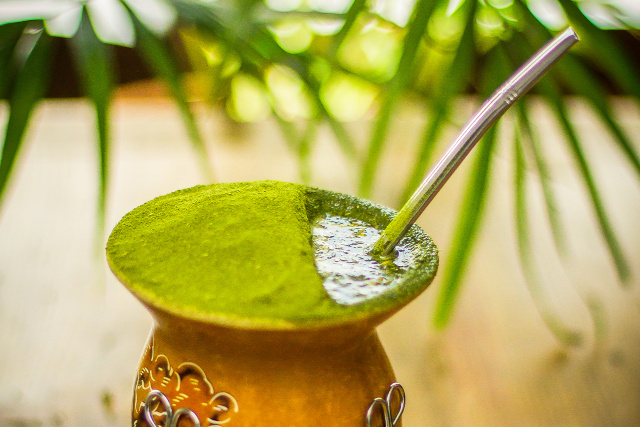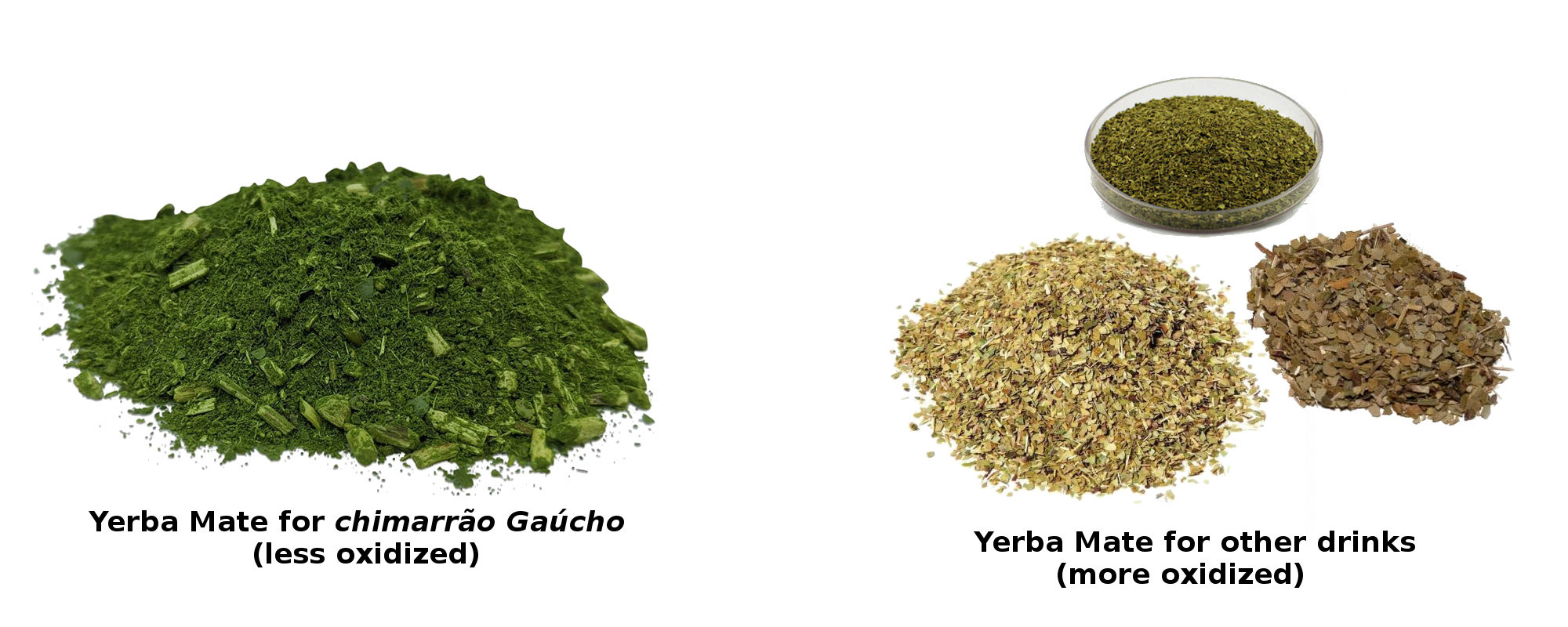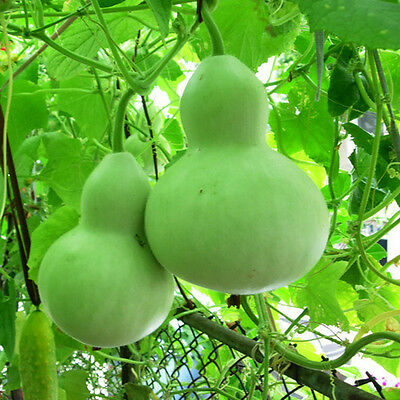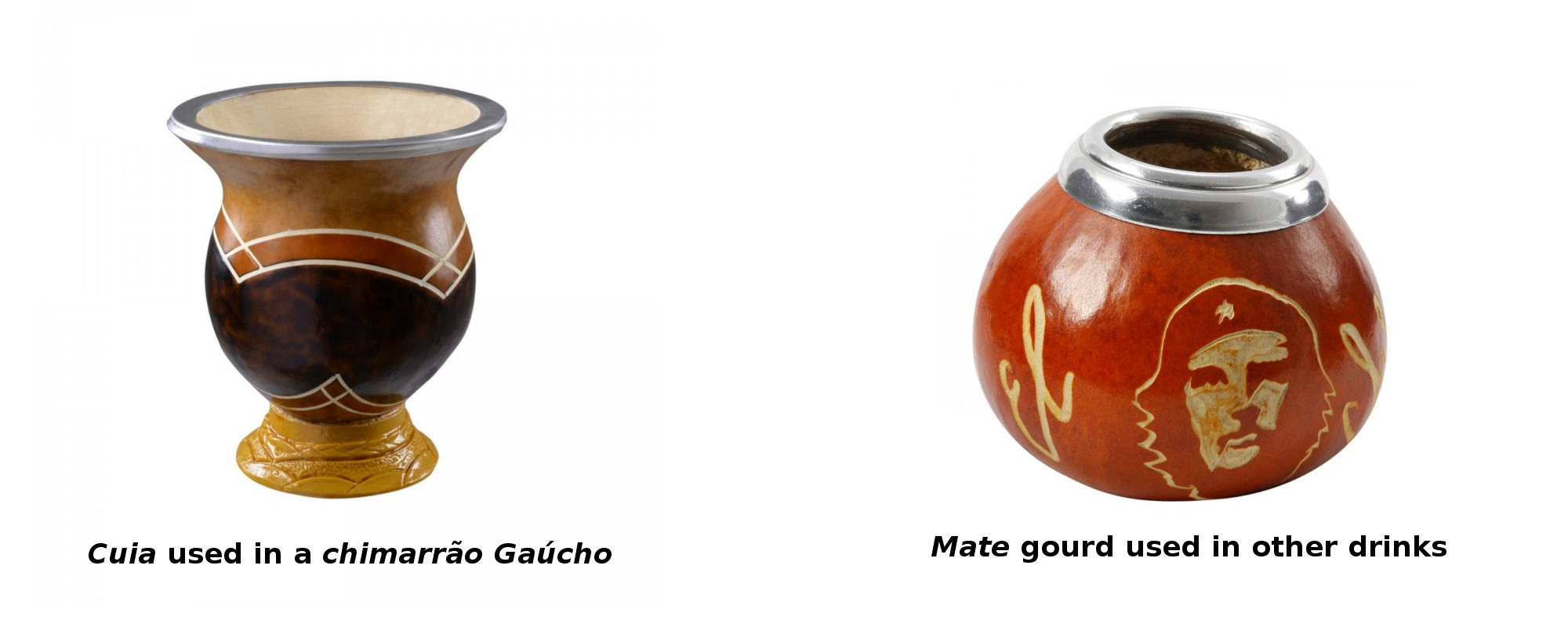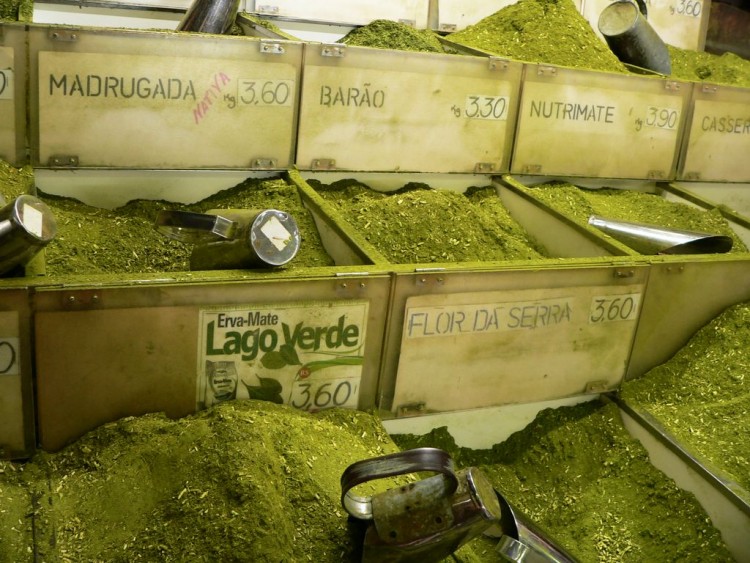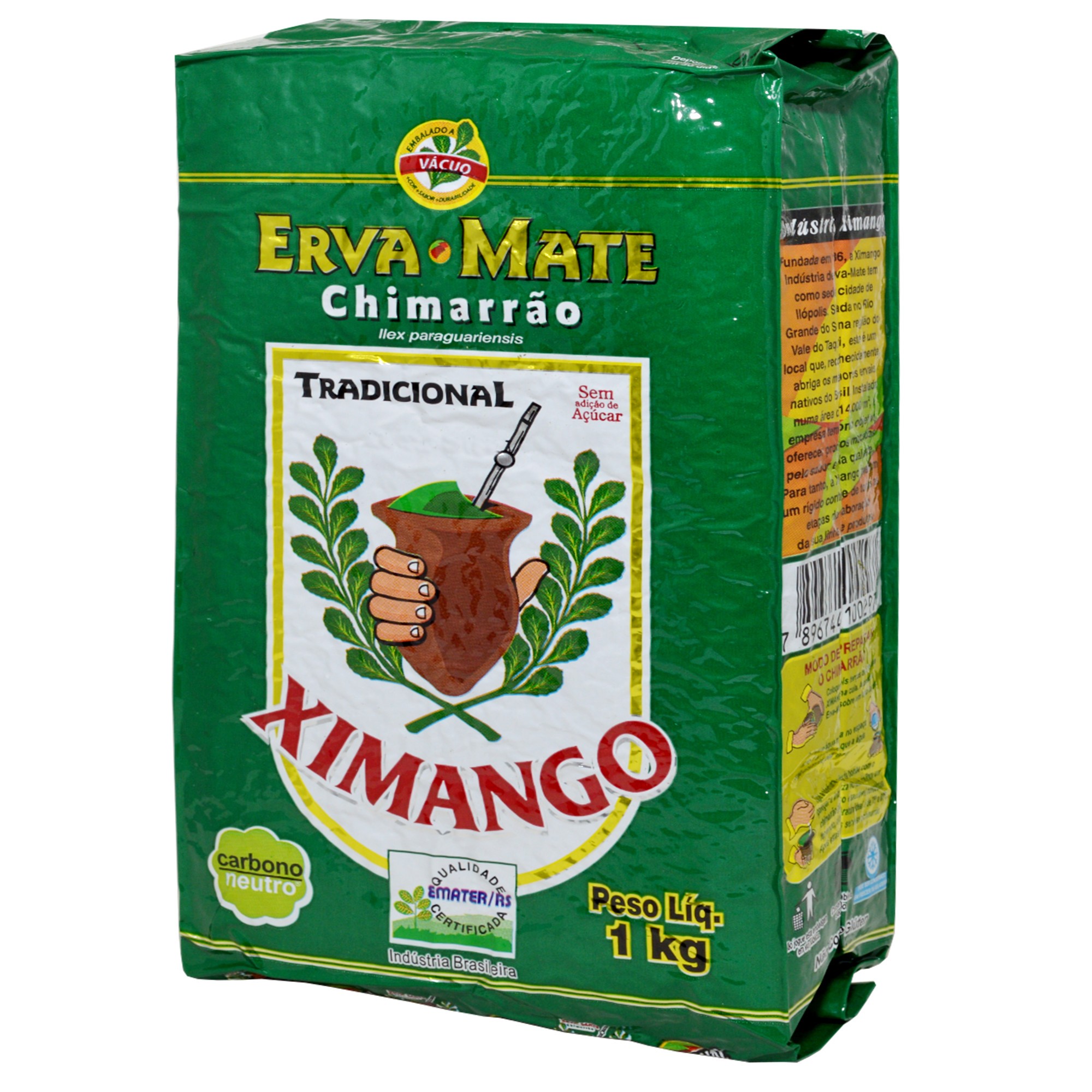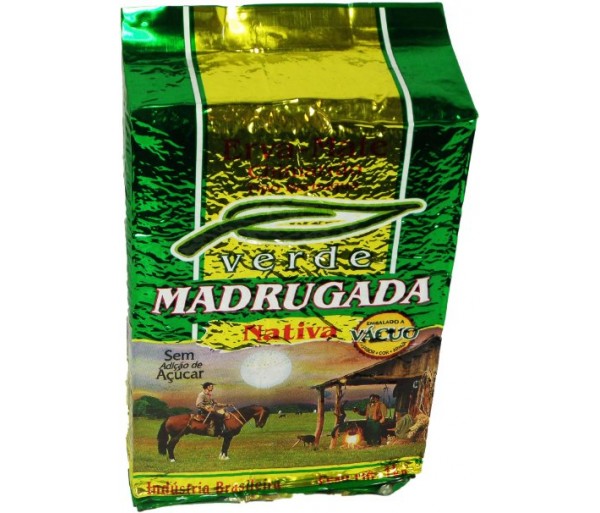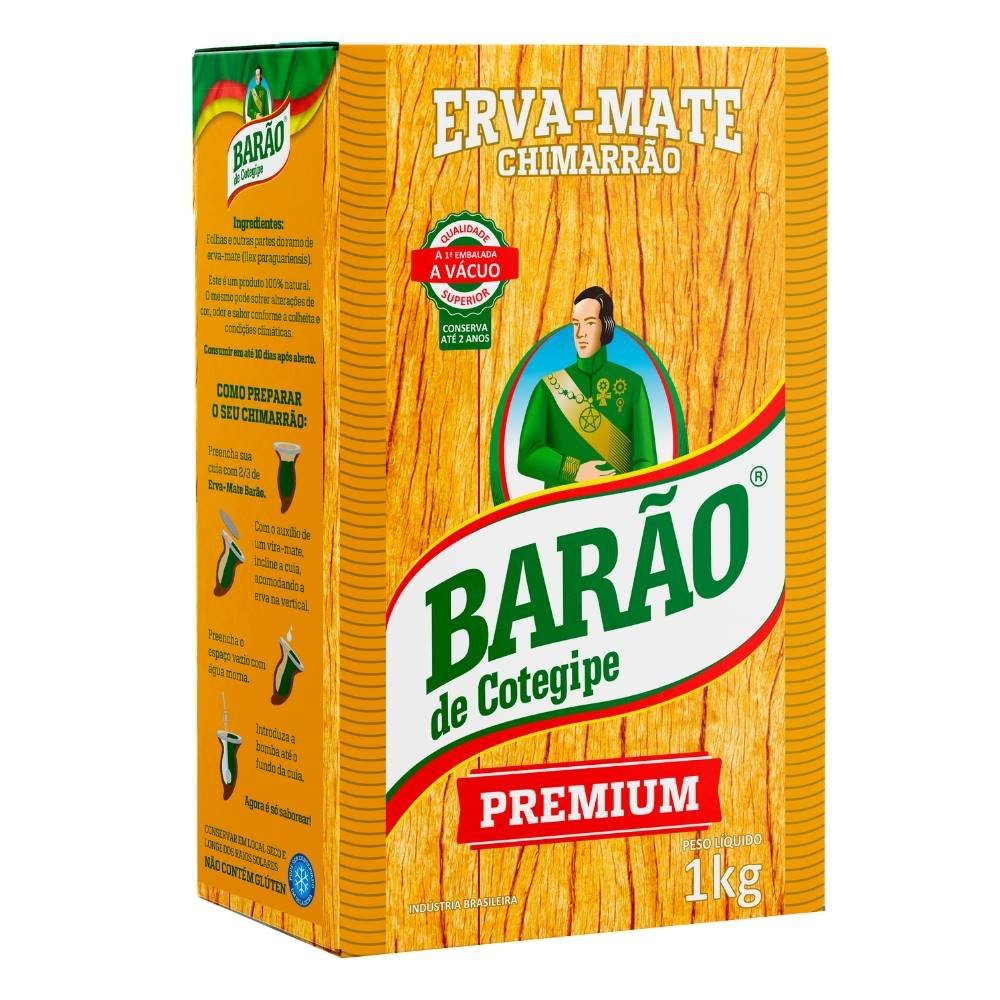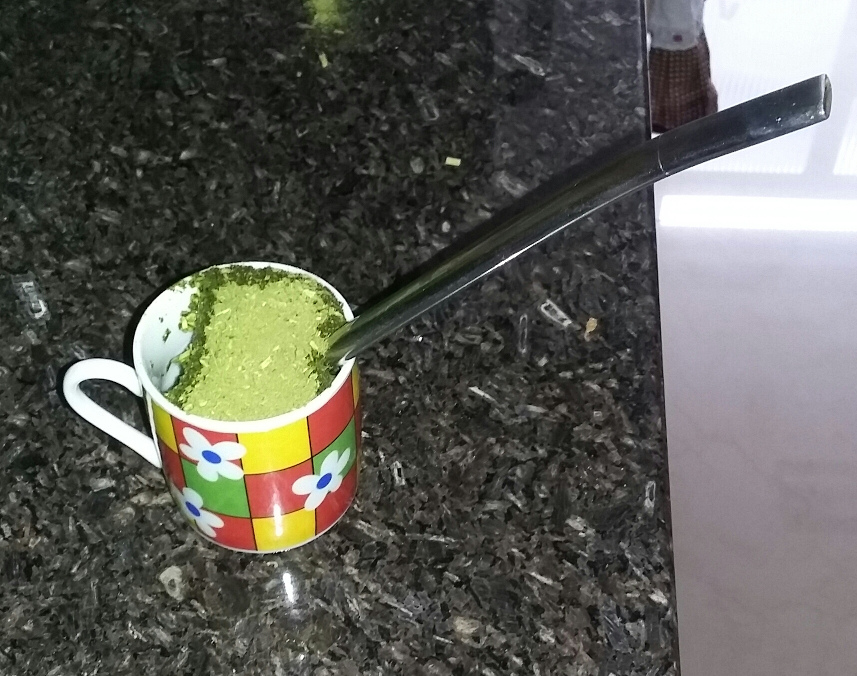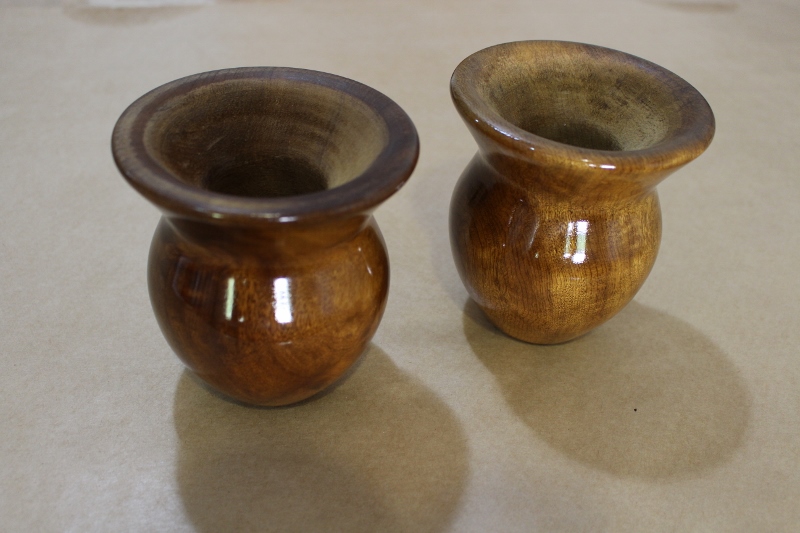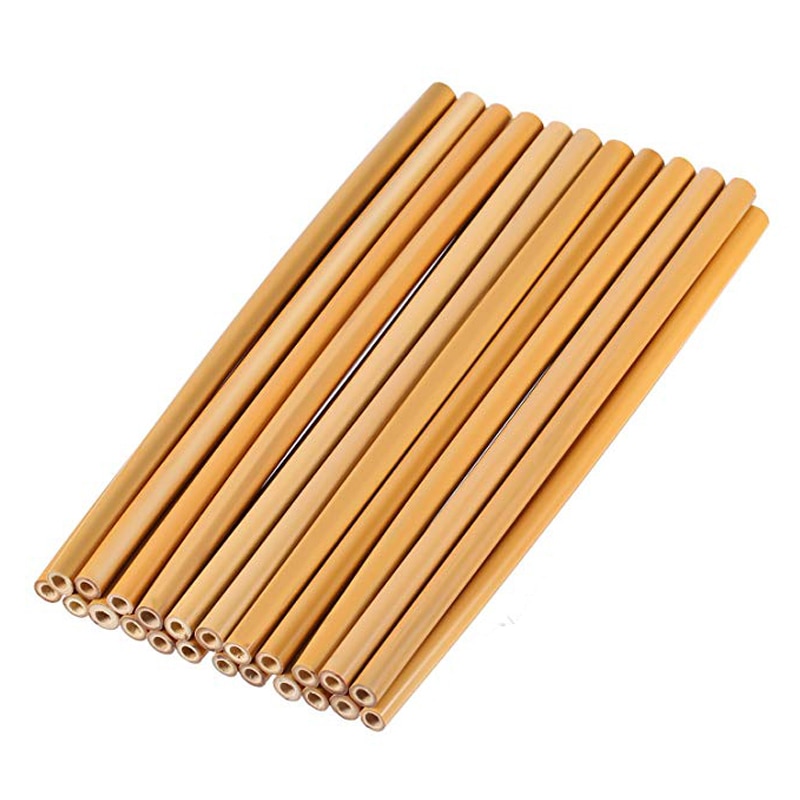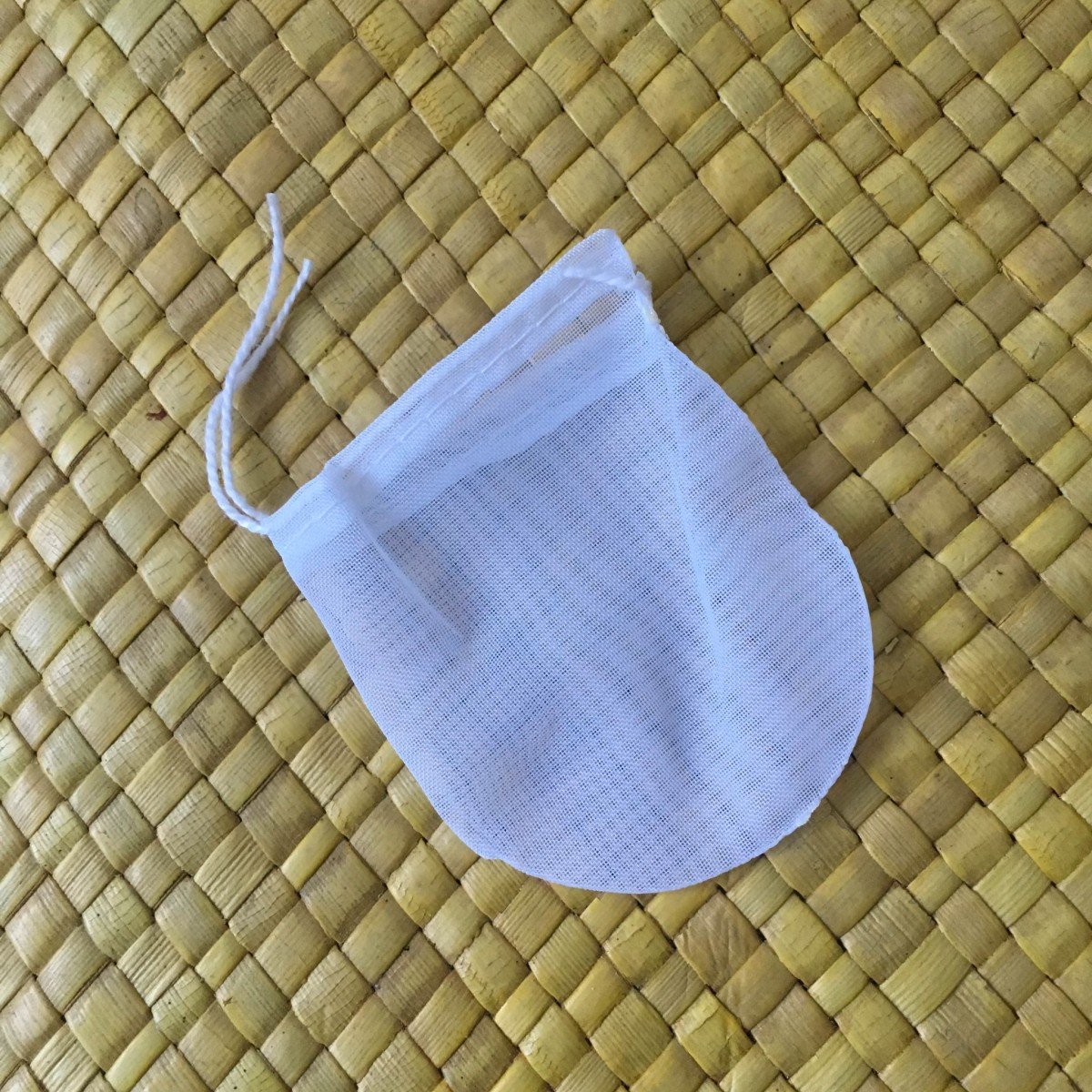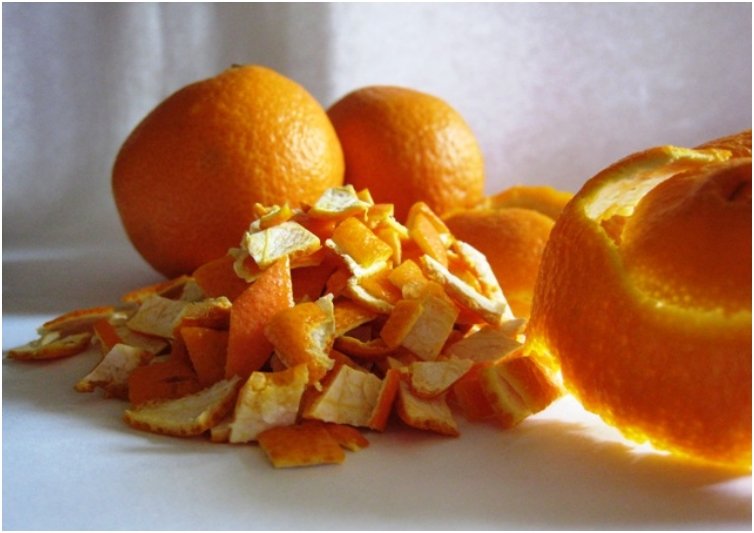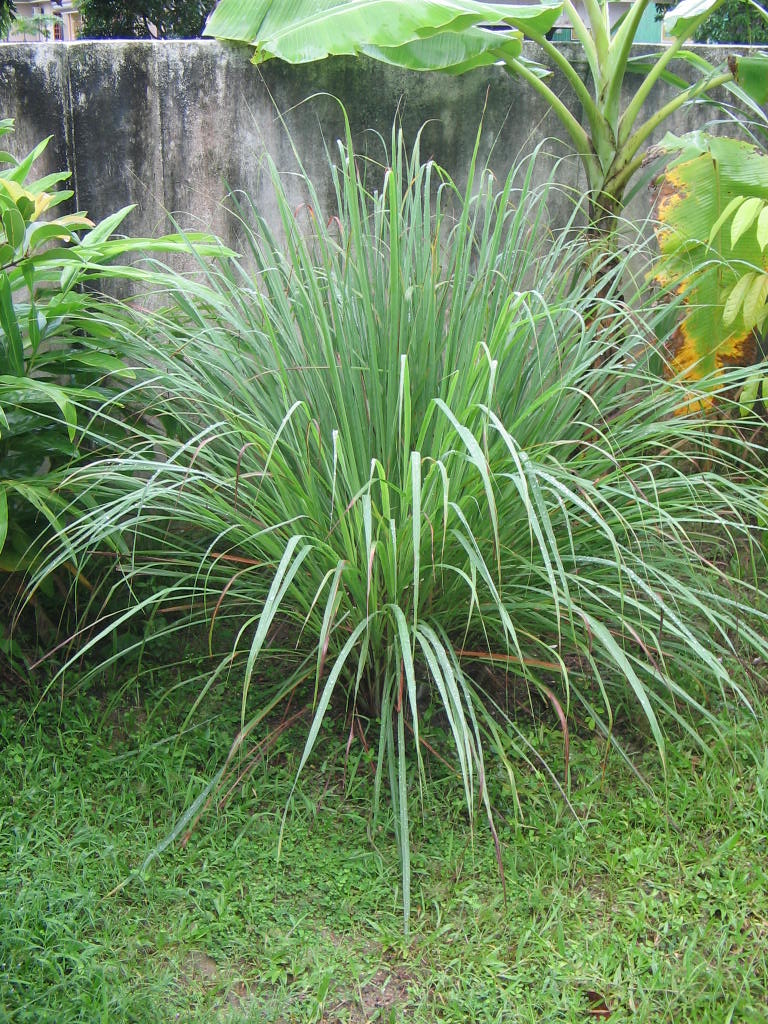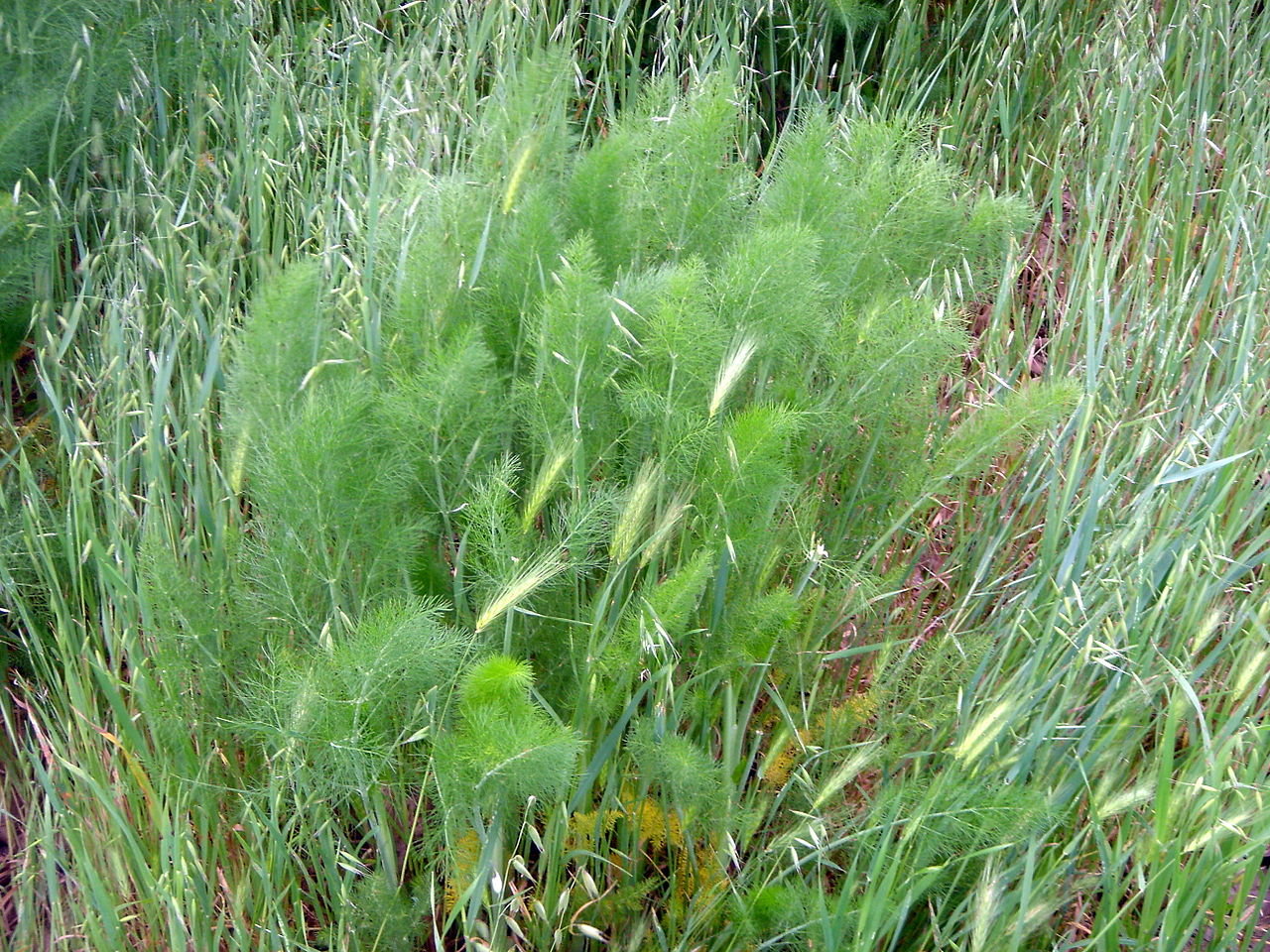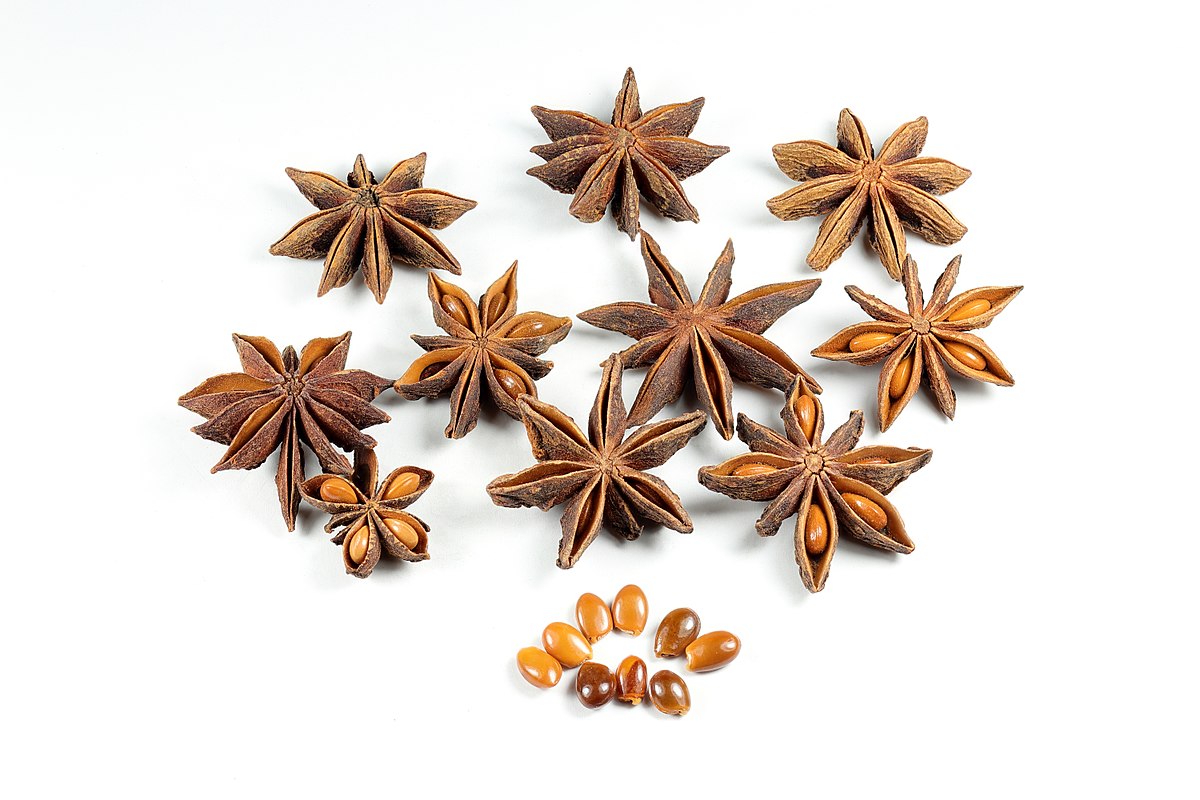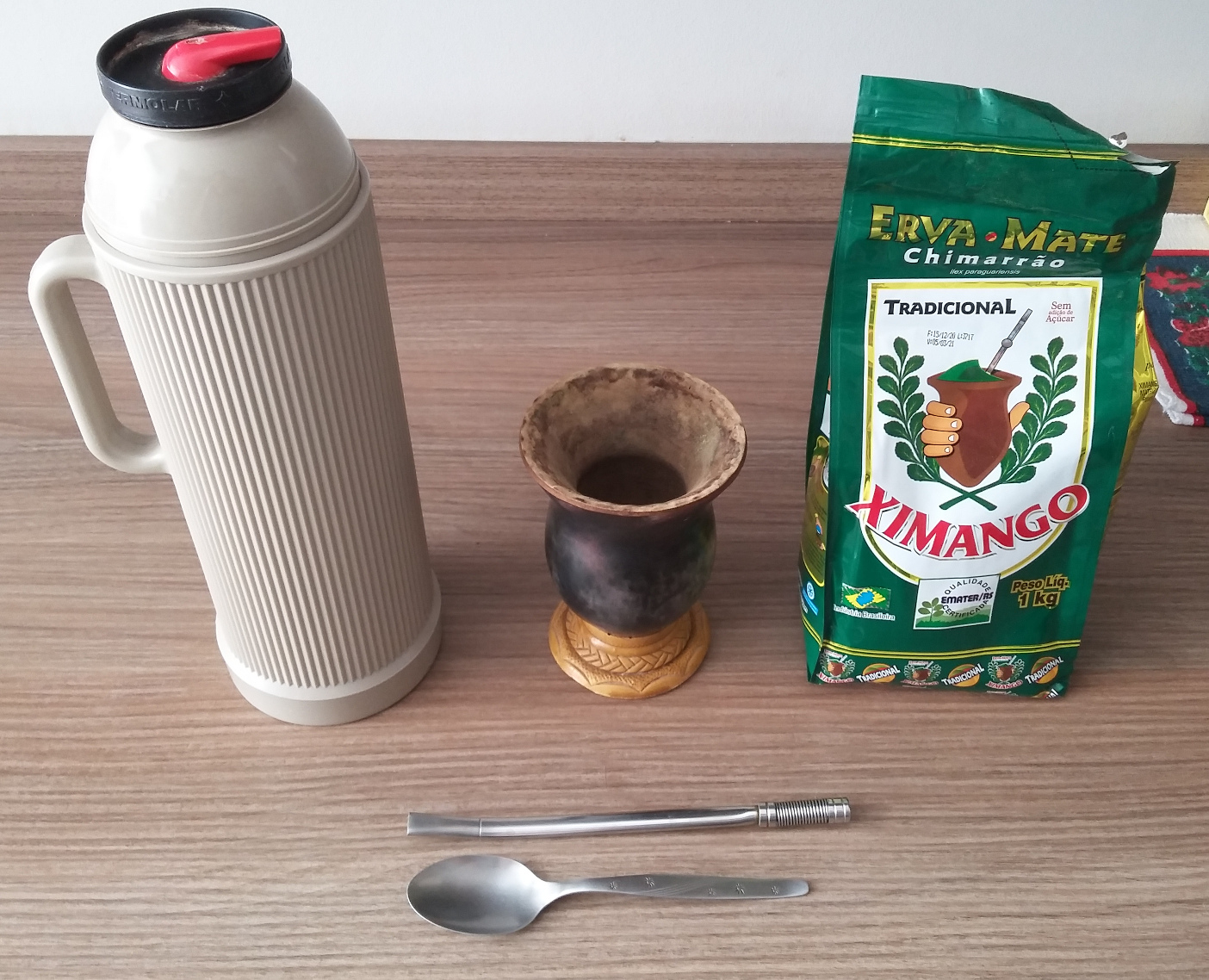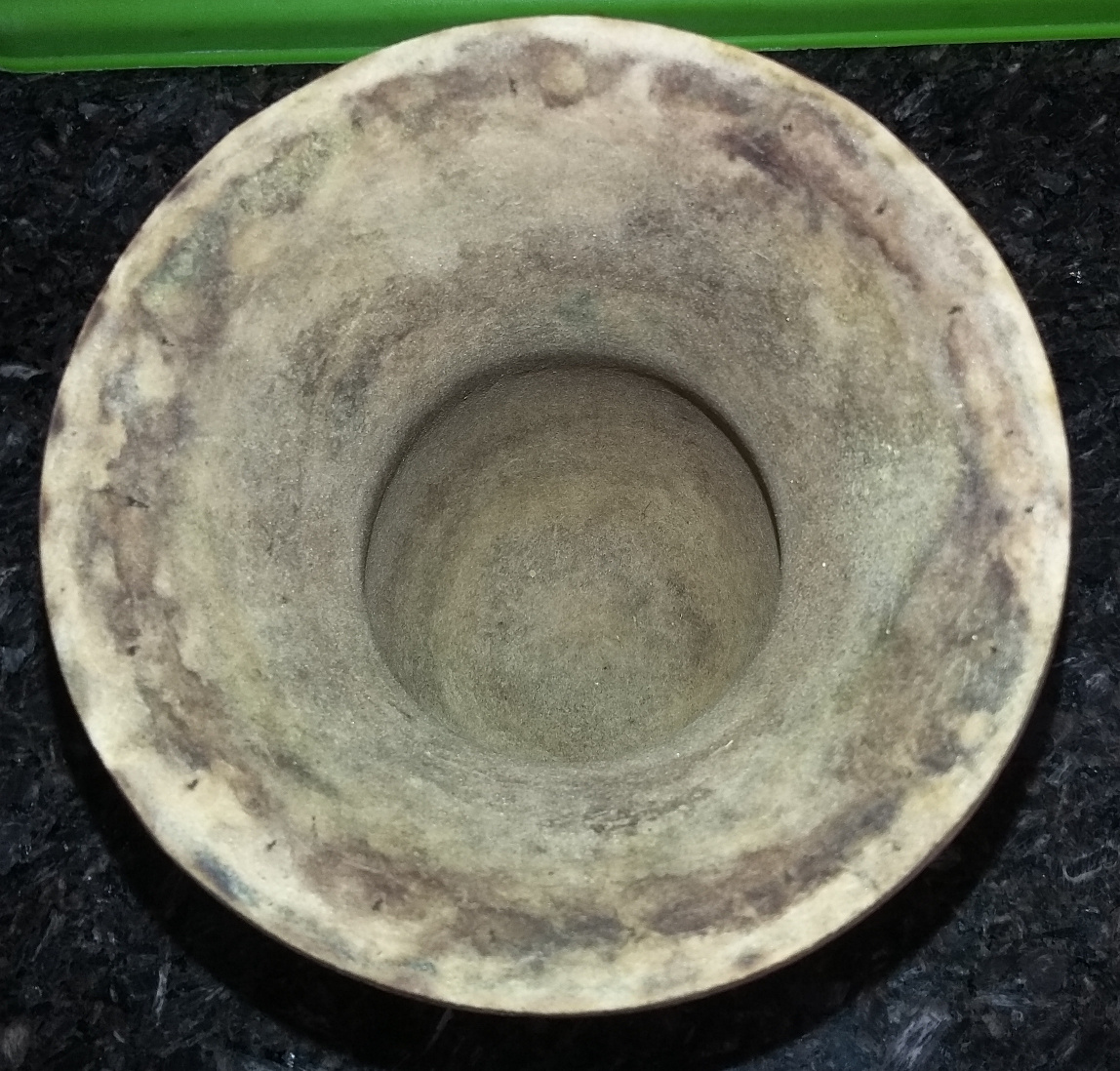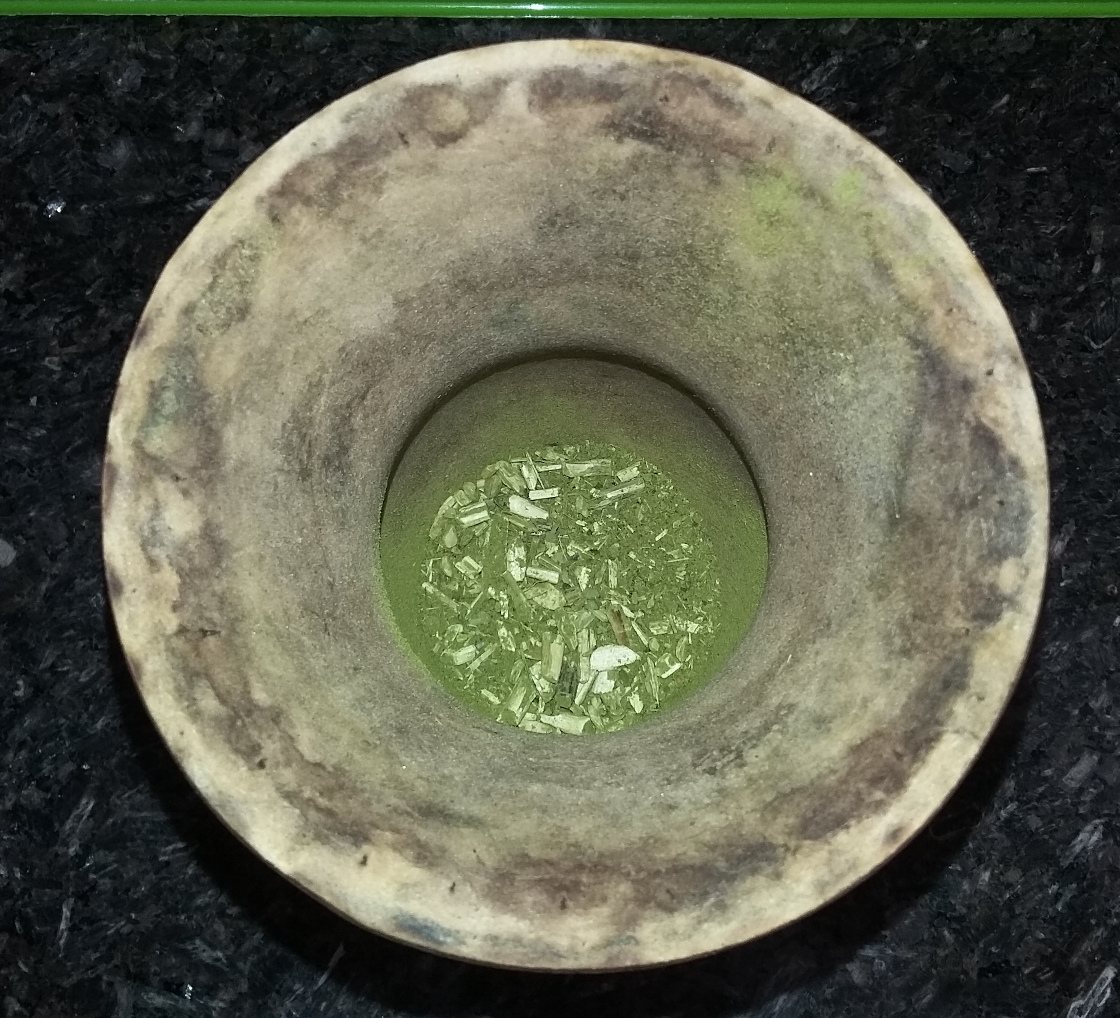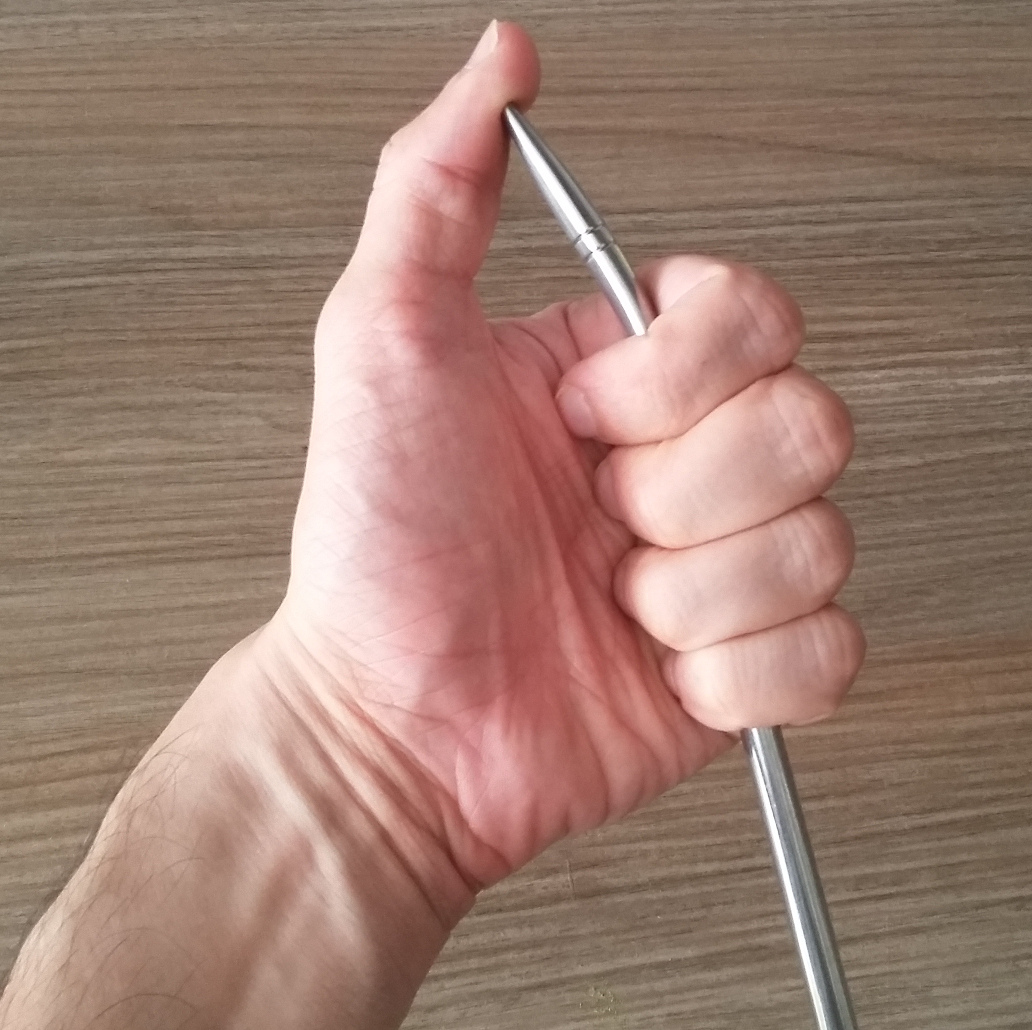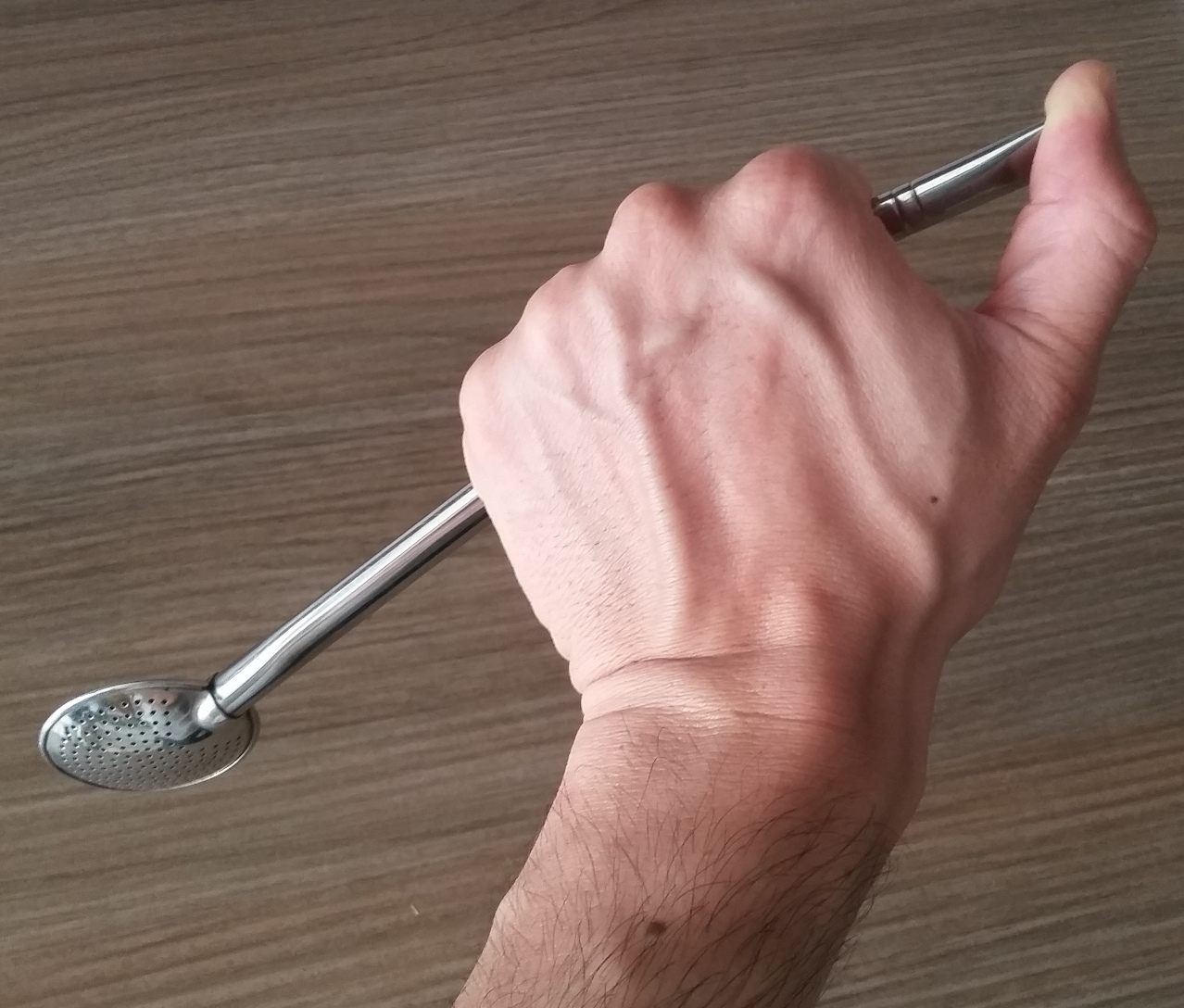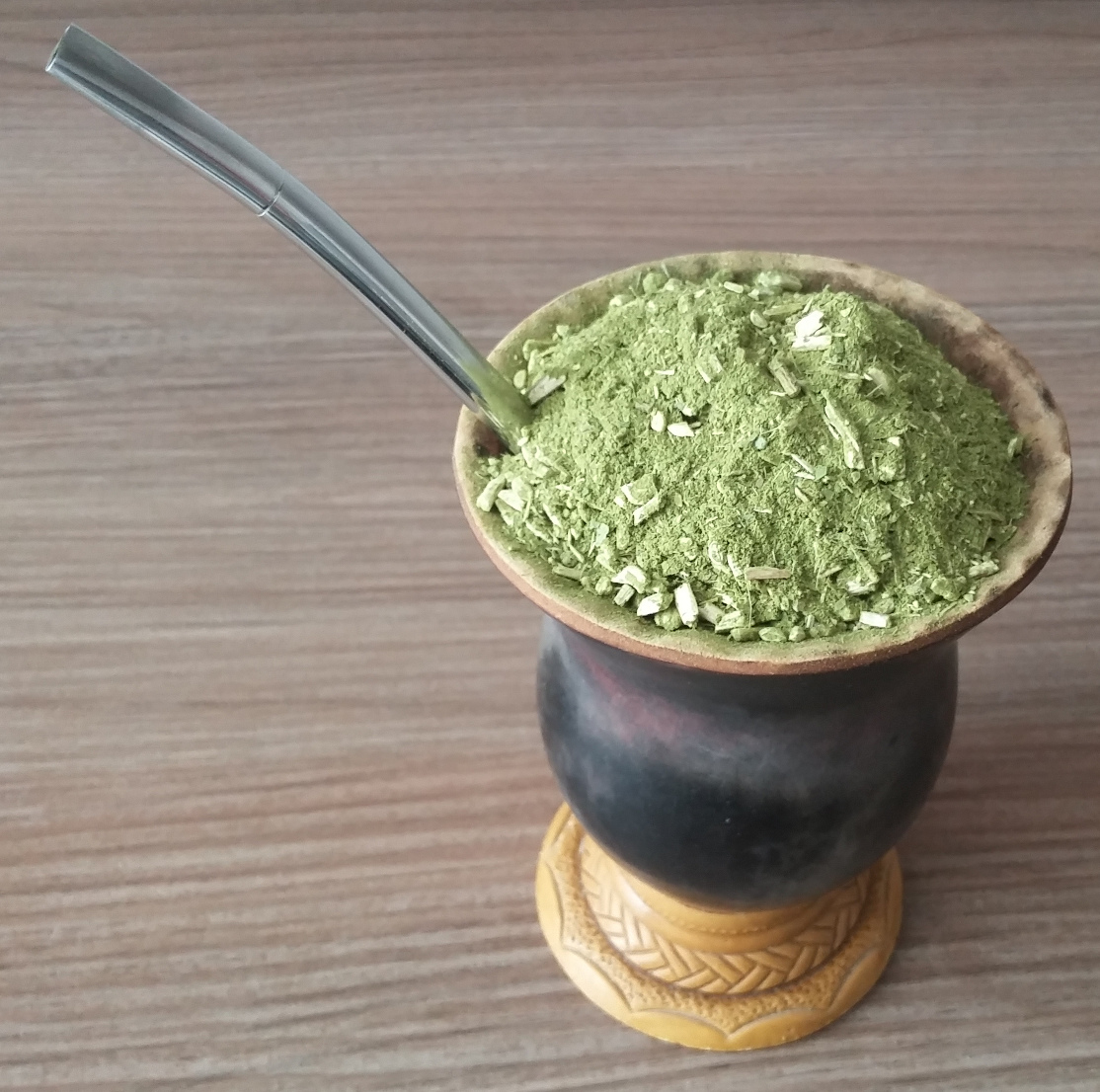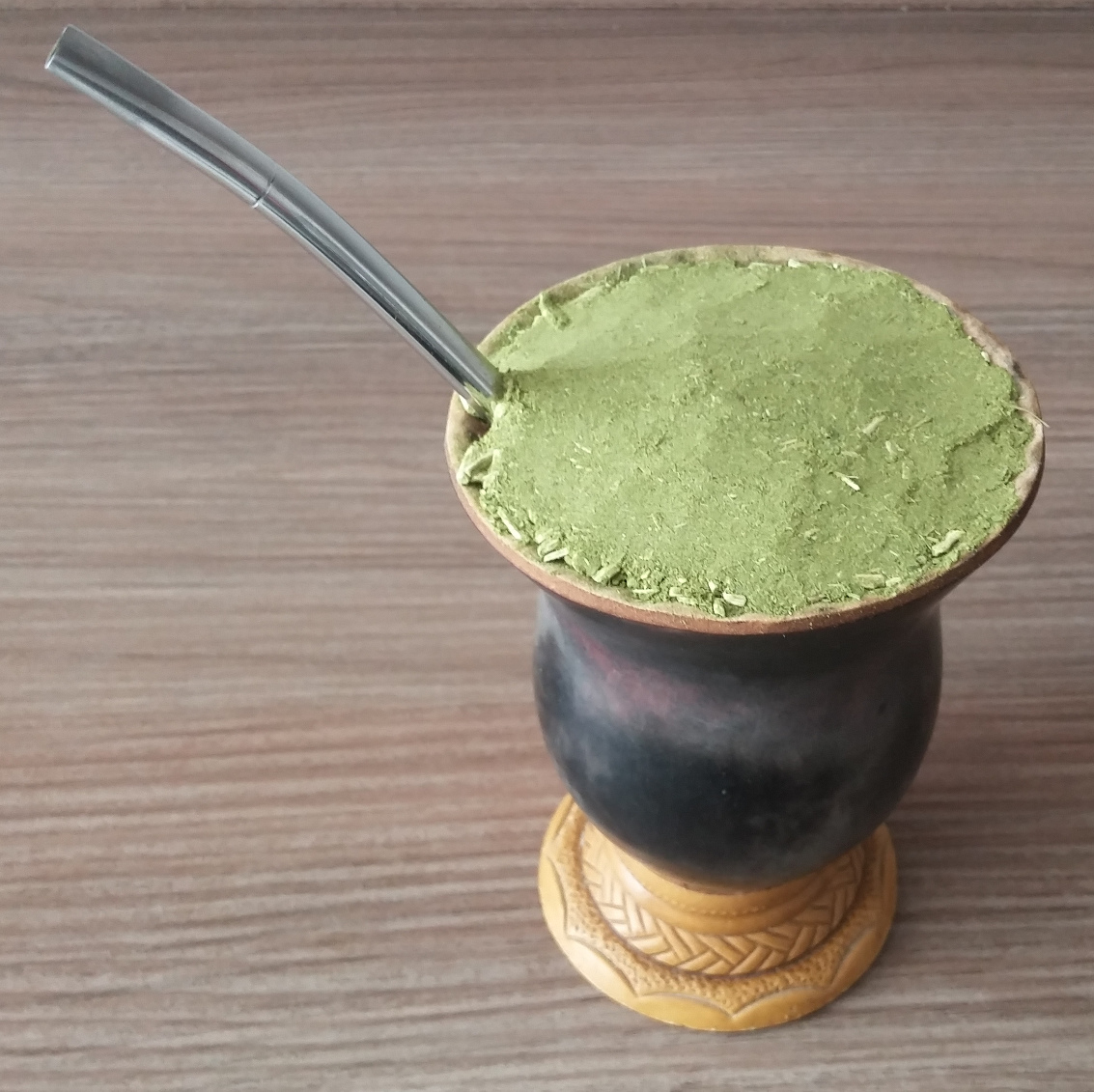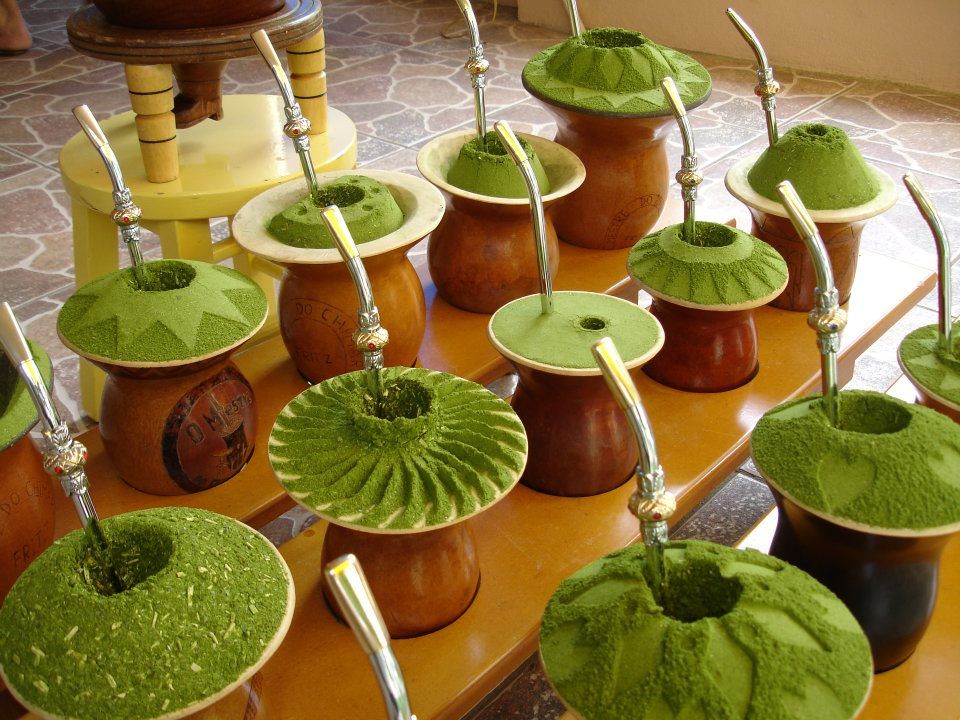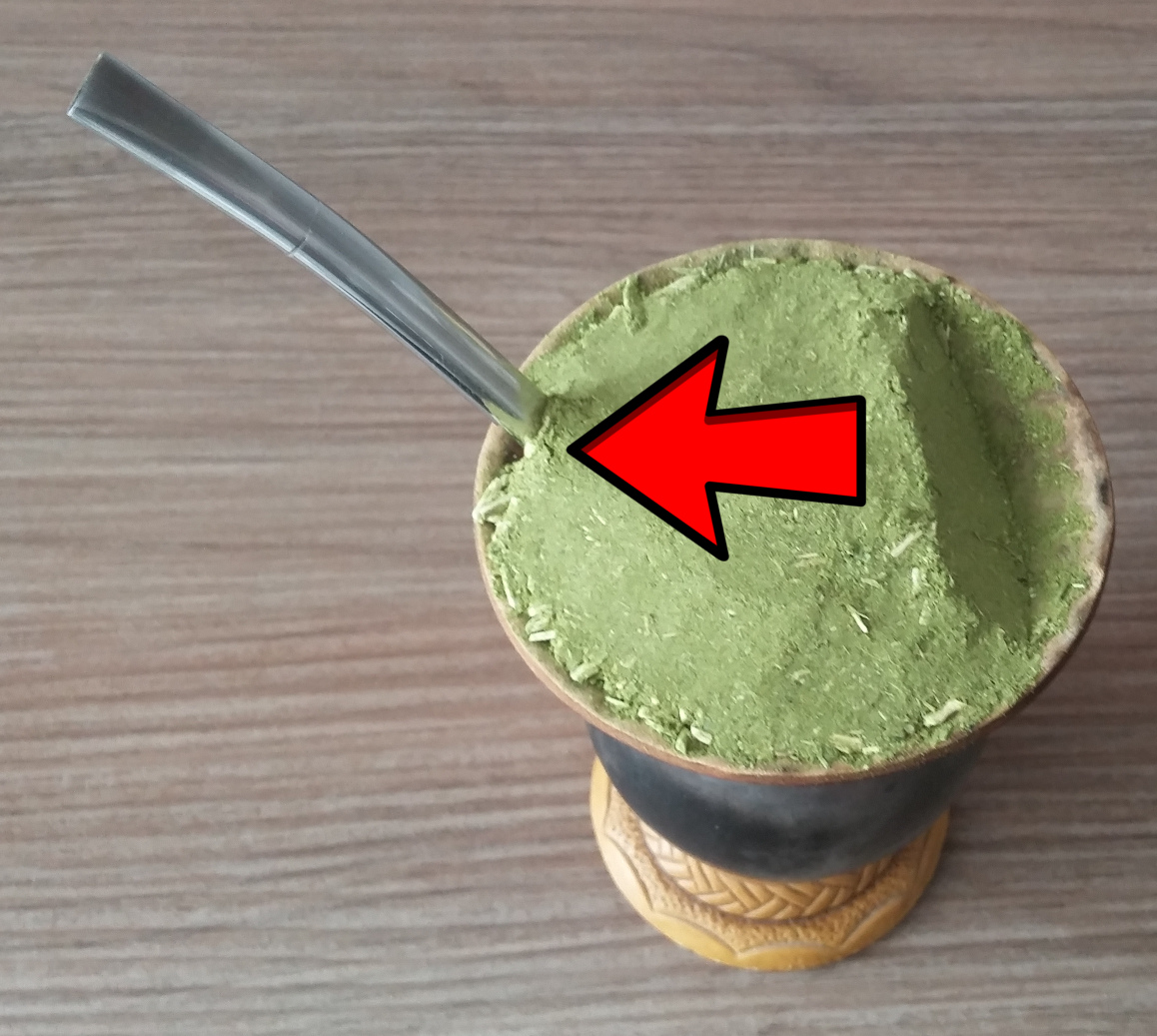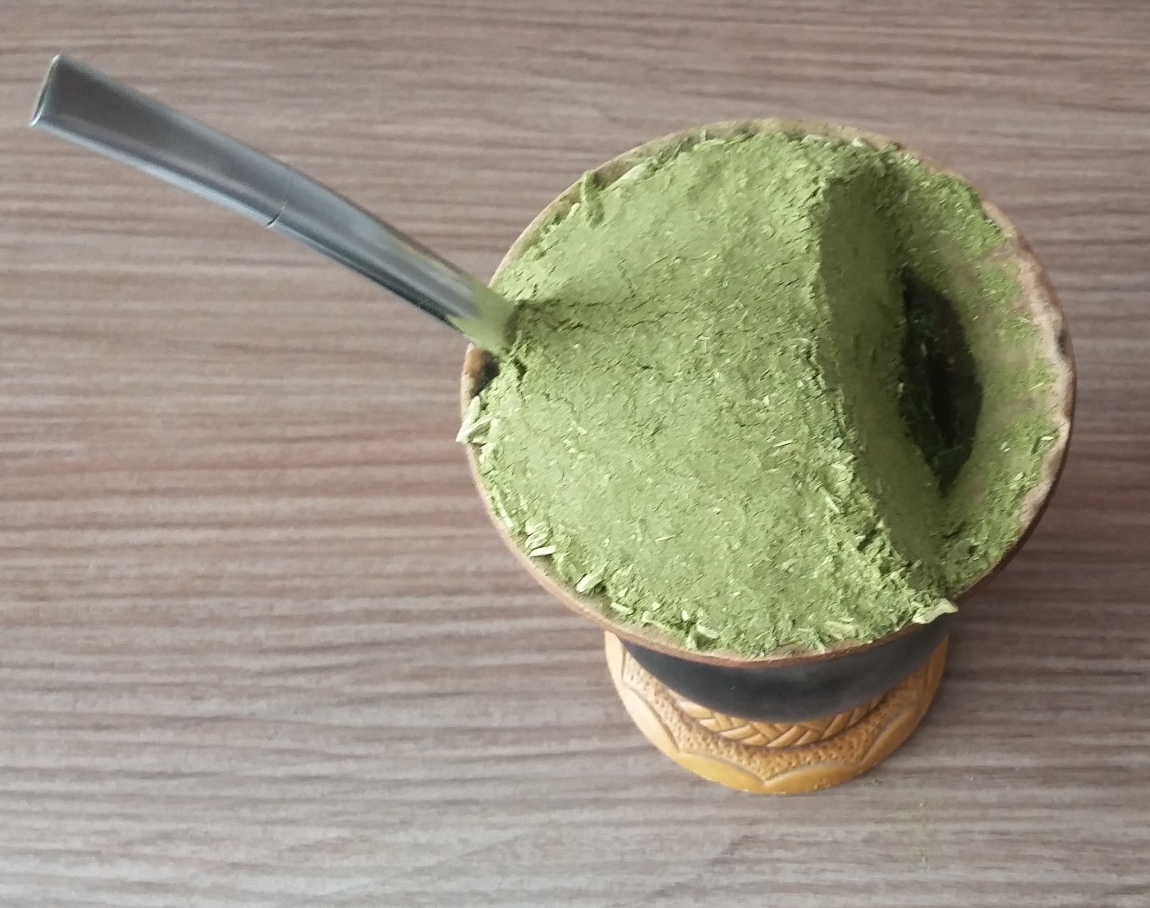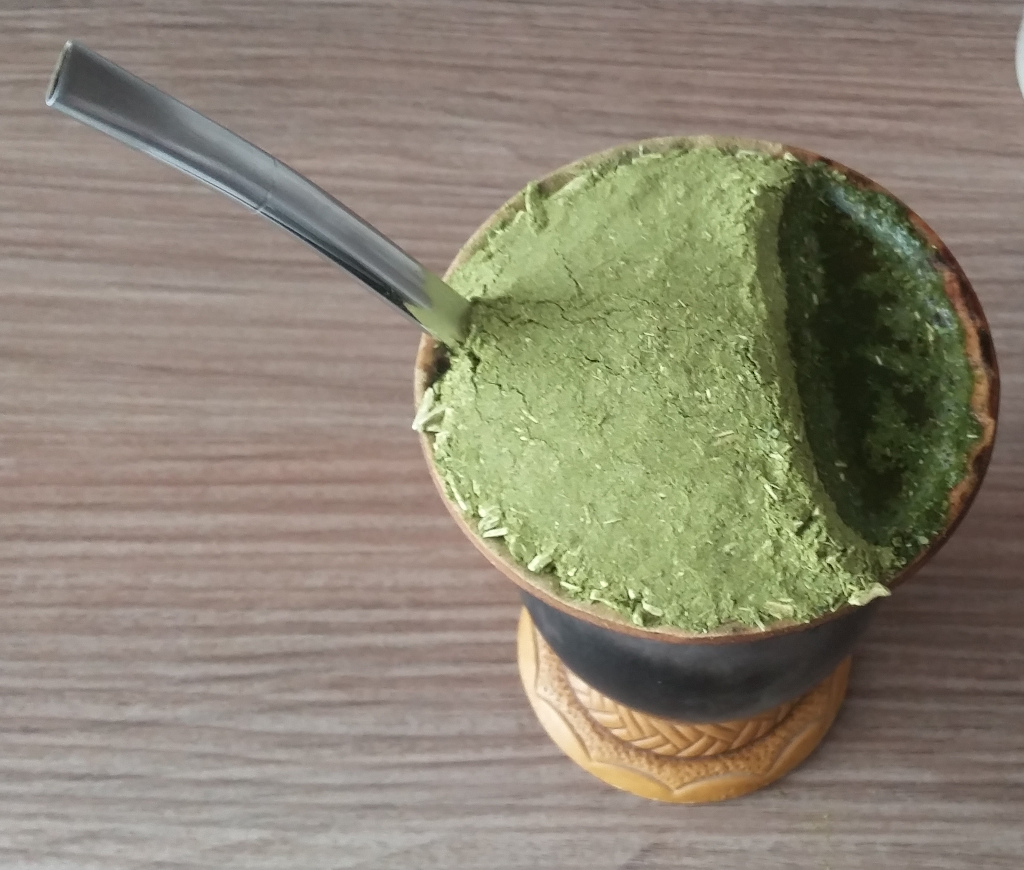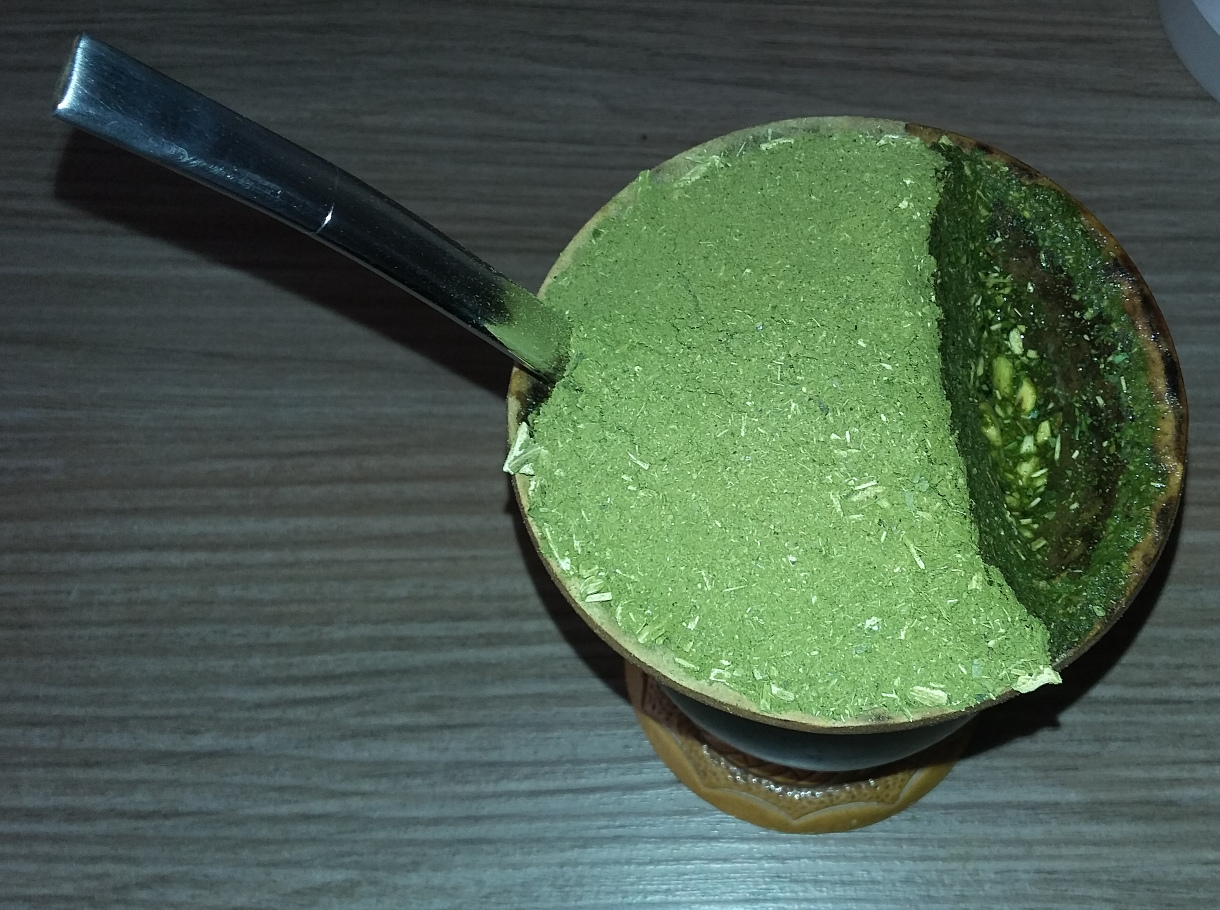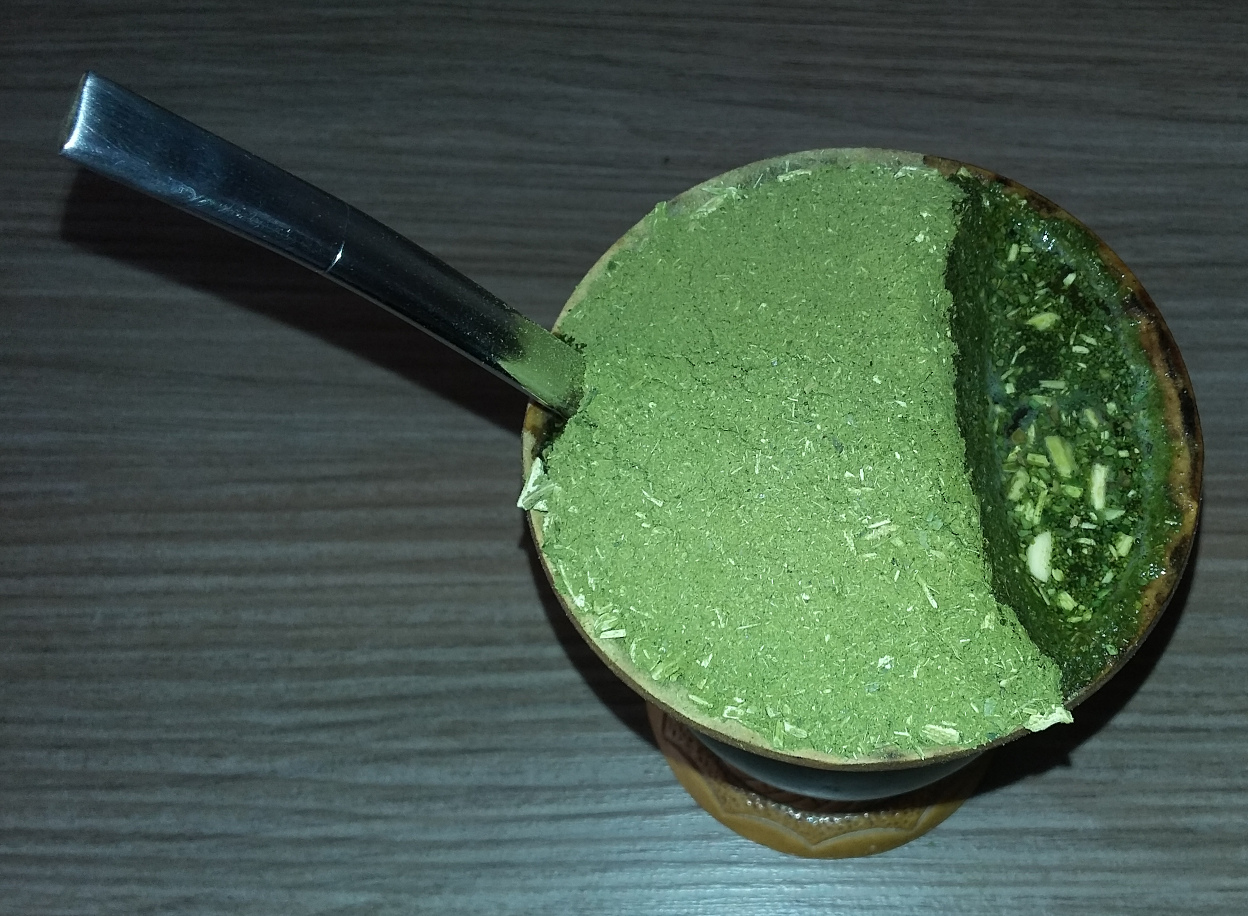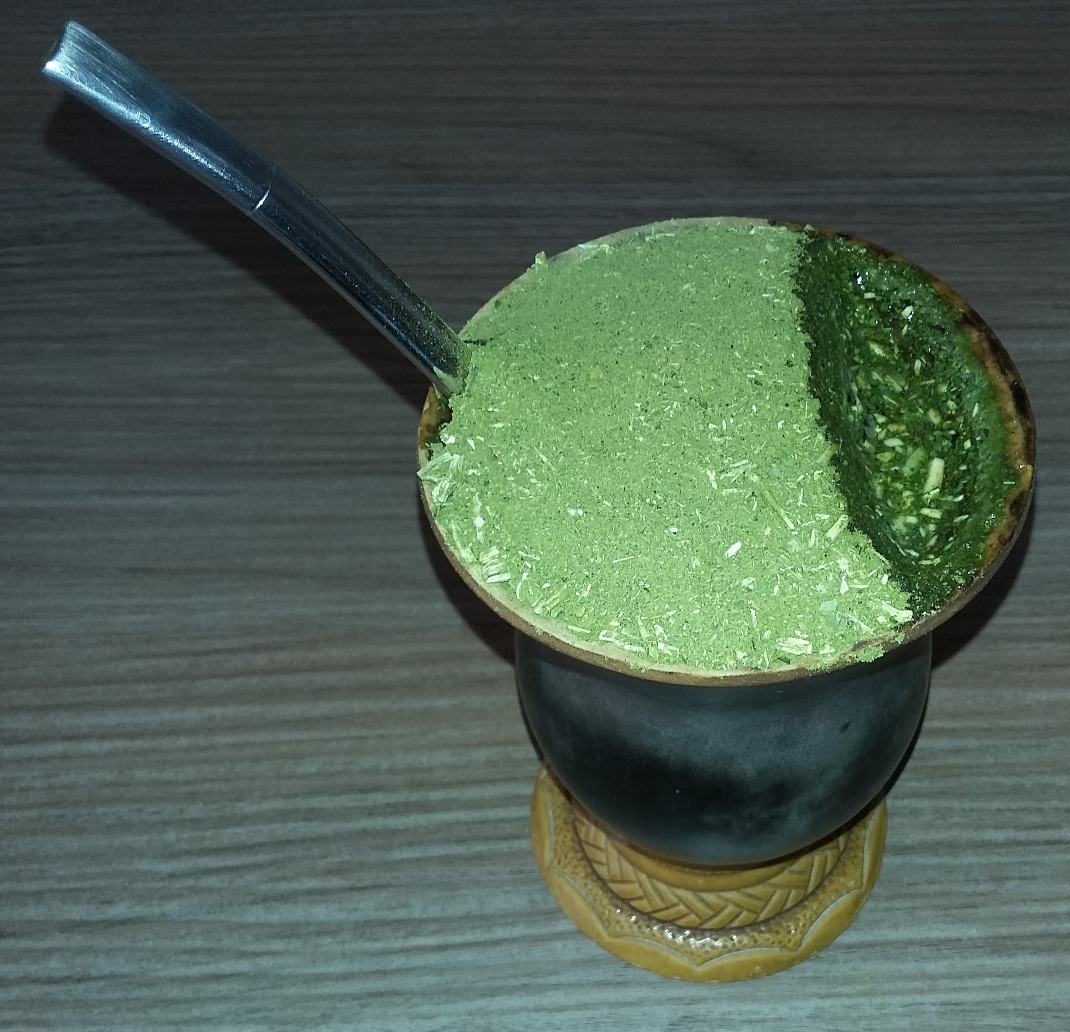Changelog
September 3rd, 2021: Added information about buying linen/reusable teabags as a filter solution to the Items section. Also included a note about cleaning the bomba every so often.
Mar 9th, 2021: Publication of the original article
Introduction
In this guide, I will provide all the essential information on how to make the same chimarrão Gaúcho–pronounced ʃimɐˈʁɐ̃w̃ ɡaˈuʃu in Portuguese or roughly, shemaHaoom gaOOshoo–that I drink almost on a daily basis. I feel my previous posts have focused too much on tech-related content, so this should provide a nice change of pace. If you enjoy hot tea and would like to learn and try a different one, then read on. The required ingredients and utensils can be found worldwide (or easily imported) and the preparation takes less than 5 min.
I am not a historian and do not claim to have a deep understanding of the Gaúcho culture and history. To be very honest, I do not share the opinion that such knowledge is required to appreciate a chimarrão at all. In fact, some of the drinking customs/etiquette are arguably unhygienic (e.g., sharing the same drink with multiple individuals) or petty (e.g., the way one holds the container or positions the straw inside the container) and you definitely do not need to abide to any such customs if all that you want is to enjoy the drink. Therefore, I won’t delve too much into history, culture, and etiquette but will provide external sources in the appropriate sections.
However, if you want to have a taste of the culture and get in the mood for a mate, here is a song by the Brazilian payador Jayme Guilherme Caetano Braun, called Mateando:
(If you liked it, you might want to listen to the album Payador while you read the remaining part of this guide.) As usual, feel free to get in touch with me if you have suggestions on how to improve this guide.
Overview
This guide was organized as follows. First, I presented the definition of chimarrão and more specifially, the Gaúcho style of preparing a chimarrão. Next, I covered the ingredients and utensils that are necessary to prepare the traditional chimarrão Gaúcho, as well as alternatives more commonly found worldwide. Then, at the end, there is a step-by-step procedure describing how I make my chimarrão that anyone can follow along. If you are already familiar with chimarrão and just want to check the method I use to prepare mine, then skip to the last part of this guide.
Definition
According to the Wikipedia entry for Mate,
Mate or maté, also known as chimarrão or cimarrón, is a traditional South American caffeine-rich infused drink. It is made by soaking dried leaves of the holly species Ilex paraguariensis in hot water and is served with a metal straw in a container typically made from a calabash gourd.
In this guide, the Brazilian Portuguese term chimarrão Gaúcho refers to the infused drink commonly prepared in the Southern states of Brazil, typically in the state of Rio Grande do Sul. Its main ingredient is the yerba mate, which is the dried, toasted, and shredded leaf of the Ilex paraguariensis. As opposed to the yerba mate often used in Argentina, Uruguay, and other regions in South America, the yerba mate used to make a chimarrão Gaúcho is packed just a few days after processing to prevent oxidation, which gives it a characteristic bright green color from the higher concentration of chlorophyll.
Flavor-wise, the yerba mate used to make the chimarrão Gaúcho is less bitter and less toasted than its aged counterparts. This makes it well-suited for people who have never tried yerba mate before, for example, or for anyone who finds the other yerba mates too strong. This is the main ingredient of the chimarrão and as such, it cannot be replaced; otherwise, you would be making a different infused drink.
The yerba mate is a well-known source of caffeine and vitamins B and C, and has slightly higher concentration of antioxidants than green tea. As far as I am aware, it is not prohibited by any food and drugs agency and therefore, it can be found and commercialized worldwide. That said, if you drink it outdoors in a country where it is not popular, you are bound to draw a little bit of attention but in my case, it’s been more of a conversation piece than a trouble maker. Psychologically, the effects are very much similar to drinking coffee or black tea, and as such, the chimarrão Gaúcho is best when consumed early in the morning and during cold days.
This drink will not get you high. At most, some people report upset stomach and acid reflux. Of course, stop consuming chimarrão if you experience such symptoms and it might be a good idea to see a physician because those symptoms might be related to an undiagnosed and treatable medical condition. The risks associated with the consumption this drink are the same as any common tea.
Another noteworthy difference between the chimarrão Gaúcho and other yerba mate drinks is the container used, called cuia in Portuguese. More specifically, the cuia used in a chimarrão Gaúcho is made of a calabash (Lagenaria siceraria) gourd that has thicker walls than the more traditional mate gourds and a larger neck as well.
Finally, there is the metal/wooden straw used to drink, called bomba in Portuguese. The bomba is not a utensil exclusively used in the chimarrão Gaúcho and therefore, it is more easily found worldwide than the cuia and the yerba mate for chimarrão Gaúcho, for example. It comes in various sizes, shapes, and with none or multiple decorations.
History, Myths, and Folklore
There are many stories about the origins of the mate that predate the Gaúcho culture and the Portuguese and Spanish colonization. The Tupi and Guarani tribes (indigenous peoples of South America), for example, tell several tales about how the moon, the sun, and tribe warriors where involved in gifting the mate to humanity. If you want to learn more about the history and myths, take a look at the following:
-
Native Leaf’s article on the History of Yerba Mate: A short article about the early and modern history of the yerba mate, including its use in the Middle East, which I was not aware of.
-
earthstOriez’s article about the origins of mate: Contains multiple tales from indigenous peoples about the origins of the yerba mate.
-
ClicRBS’ article on the legend of the yerba mate: This article focuses on the Guarani tales about the origins of the mate and how it became part of the Gaúcho culture. Unfortunately, it is in Portuguese.
Ingredients and Utensils
Where to buy
If you happen to be in Southern Brazil, then you will likely find everything you need in any large retail grocery store chain (e.g., Zaffari, Carrefour, Walmart, Bourbon) or specialized stores in any major cities. However, I figure that most of you are nowhere near this part of the world. Fortunately, big online marketplaces are available worldwide and come handy in these cases but you will need to be willing to pay a little more for the convenience of buying imported goods online. So, let me tell you about a few alternatives I have used in the past:
-
Amazon: The largest marketplace out there. In the US, you can find everything you will need to make a chimarrão right here.
-
Mercado Libre: One of the largest marketplace in South and Cental America. Chances are you can find everything here as well.
-
Walmart: A possible alternative to Amazon for people in Europe. You can find everything at Walmart as well.
-
AliExpress: An alternative to Amazon for people in Asia and Oceania. However, you will only find utensils at AliExpress. Check your local marketplaces for yerba mate.
Of course, there are many other options out there. Dig around the marketplaces available in your country before trying the global-scale ones because the former probably has better prices than the latter.
Lastly, if your city has a large public market or stores that specialized in selling organic products, teas, herbs, etc., do not be afraid to ask them about yerba mate and related utensils. Even if they do not have any of them, most will go above and beyond to find out where to buy in your city.
In the next section, I will talk about all the traditional items and a few alternatives for those not willing to buy the real deal just yet.
Items
To make a chimarrão Gaúcho, you will need the following ingredients and utensils:
-
Yerba mate for chimarrão Gaúcho: As mentioned before, this is the main ingredient and it is not replaceable. The quality of your chimarrão is highly dependent on the quality of the mate used to prepare it. Some people like to mix it with herbs and teas to create a more complex flavor (see below) but that is definitely optional. (I drink mine plain but it is fairly common to add chamomile and lemon grass, for example.)
When buying online, make sure there is a photo of the product showing that the yerba mate has a bright green color and that the yerba does not contain sugar (sem açúcar in Portuguese).
Use the following keywords to help selecting the right type of yerba mate: “yerba mate for chimarrao”, “brazilian yerba mate”, or language-specific variations of those.
These items have a long shelf life, so if you start enjoying the drink, buy lots of yerba mate (between 3kg and 6kg, or roughly 105-215 ounces) and store them at home. Vacuum sealed packages (embalada a vácuo in Portuguese) are the best ones for long-term storage.
The following are three of my favorite brands that I have seen being sold abroad:
I suggest you to buy a brand name because in Brazil, those companies must comply with health regulations in order to distribute their product. There are other details about the selection of yerba mates for chimarrão but they are non-essential for most people. They include leaf-to-stem ratios, maturation, and various processing techniques, for example. (If planning on consuming for long periods, it might be worth looking into the processing methods and making sure it does not involve smoke from burning wood, as the latter can produce carcinogenic compounds.)
It goes without saying that yerba mate sold in tea bags are no good here. The taste of chimarrão is actually very different from the tea. In fact, I drink chimarrão every day but I do not like the yerba mate tea at all.
-
01x Cuia: The traditional cuia made of a galash gourd (porongo in Portuguese) can be bought online or via specialized stores. A single one can be used and re-used multiple times, even for years if well maintained.
After acquiring a brand-new cuia, it is required to curate it before use. The Yerb Matero has a fairly good guide on curating, cleaning, and mainting the cuia; or check this Youtube video that illustrates the entire process. In brief, go over the following steps to curate a brand-new cuia made of a galash gourd:
- Wash the inside of the cuia with boiling water (be careful!). Remove all the water before moving on;
- Fill 1/3 of the cuia with yerba mate, fill the remaining with warm water, and using a spoon, gently mix it. Then, let it sit for 24h with the mate inside. If you notice that the water level has dropped (the galash gourd should absorb a little bit), add more warm water to try to keep the cuia always full;
- After 24h, remove the contents of the cuia with the help of a spoon and repeat steps #1 and #2 at least once;
- Rinse it well (only use running water; never use cleaning products) and let it dry. If your cuia does not have leather, let it dry in the sun;
- (Optional.) For better results, repeat steps #1 and #2 and after rinsing, add a little bit of yerba mate to coat the internal surface of the cuia and let it dry this way for 12h.
- When you are done, you should notice that inside the cuia, there is now a slightly green color from the yerba mate and a few greener spots. If you find any mold, don’t worry. Just curate it again and you are ready to go. The more you use the cuia, the more evenly curated it becomes. After a few weeks of use, it should be much darker in the inside.
Contrary to the yerba mate for chimarrão, the traditional cuia is actually replaceable. In fact, you can use pretty much any container that you would normally use with hot beverages. The preparation method described in this guide should work even with flat, non-porous surfaces, like a standard coffee mug. A coffee mug won’t look as good as the cuia but it should work. I have even managed to make a chimarrão using a 5cm-long coffee mug:
More common variations include cuias made of wood (e.g., Imbuia), ceramic, or glass. Of course, you don’t need to curate any such types of cuia (but make sure to rinse very well before using it for the first time). They are more expensive, though.
-
01x Bomba: The traditional bomba is a metal (stainless steel) straw that has a filter at its bottom. It is re-usable and if well-maintained, can last several years.
As mentioned before, a traditional bomba comes in many shapes and sizes. The size of it depends on the size of the cuia. More specifically, the bomba should be roughly twice the size of the cuia–or at the very least, taller than the cuia. The decorations are a personal choice. You do not need a bomba with a spoon-like filter head to drink a chimarrão Gaúcho. Any bomba that fits your cuia will do just fine. Personally, I am a fan of the ones that have a removable filter head because they are easier to maintain than the non-removable ones.
The traditional bomba is replaceable though. If you cannot find one in your country, you might want to try looking for wooden straws, usually made of bamboo. I have never used them before but if they do not have a filter, you have to add an external filter to it (see below). The latter type of straw is not always reusable though (depends on the type of wood), so I strongly recommend to stick to metal straws for long-term use.
Regardless of the bomba used, make sure to clean inside of it every once in a while. It can get pretty dirty in there and if your bomba does not allow you to properly clean it, then that is a good reason to use a different one.
-
01x Portable and insulated beverage dispenser: Anything that can hold at least 1l (52oz) of hot water will do. Make sure there is enough space to serve your cuia–prefer the ones with a dispenser at the top, instead of bottom, for example.
-
1l-3l of hot water: As in most traditional infused drinks, we will need hot water. Do not use boiling water–it will ruin the yerba mate and it is unhealthy for you. The water needs to be hot, as in a black tea or hot coffee.
-
01x Dinner spoon.
-
(Optional.) External filters for the bomba: If you dislike when an occasional mate leaf passes the bomba filter, or your chimarrão clogs too often, you might want to try an external filter for your bomba. In the US, UK, and other English-speaking territories, they are usually referred to as linen/reusable teabags and they can be found in most market places out there. If you cannot find them, buy a tea brand that makes use of them, then remove the tea from one of them and use the bag.
These filters are reusable (usually between 2-3 weeks) and are tied around the filter head of your bomba. This is required if using straws without a built-in filter, such as common wooden straws.
-
(Optional.) Herbs/teas: If you ever get bored with the taste of plain chimarrão, you might want to make its flavor a little bit more complex by adding tea to the water or mixing herbs with your yerba mate. Here are a few herbs/teas that are often mixed with chimarrão:
-
Organge (or any other citrus) peel
Many herbs can cause allergic reactions or have adverse interactions with other herbal products and prescription drugs. Before trying anything unusual, make sure to check it is safe for you to use.
-
Making the chimarrão Gaúcho
Once you have acquired all the ingredients and utensils, it is time to make your first chimarrão Gaúcho. There are many different ways of making a chimarrão. The following is the fastest, the most fool-proof and efficient way of making a chimarrão that I am aware of and the technique that I have been using over the last ten years.
-
This is a hot beverage, so start by warming up between 1l (35oz) and 3l (105z) of water, depending on how much liquid you can store on your insulated beverage dispenser. If you want to boil the water first, then let it cool down until it is hot but not burning hot when it finally reaches your body. Store at a temperature between 55°C (131°F) and 70°C (158°F).
You might want to compensate for room temperature as well. If it is a really cold day, you might want to store the water at a higher temperature than you would in a hot, sunny day, because your chimarrão will lose heat much faster when exposed to low temperatures. Similarly, different types of cuia will be more or less prone to lose heat over time, and wind also plays a role in decreasing the temperature when consuming chimarrão outdoors. As you can see, there are multiple factors to take into account if you want to keep your chimarrão warm. However, never drink or pour boiling water in your chimarrão.
-
Fill your insulated beverage dispenser with the hot water.
-
Grab your curated cuia, yerba mate for chimarrão, and a kitchen spoon. If you have not cureated your cuia yet, review the procedure described in the items section; Otherwise, go the next step.
-
Using a spoon, fill 1/10 of the cuia with yerba mate. This will create a thin layer of yerba mate at the bottom of your chimarrão that will help giving it its characteristic taste.
-
Fill between 5/10 and 6/10 of the cuia with warm water.
-
Grab your bomba. (If you want to add an external filter to it, this is the time.) Then, using your thumb, cover its mouthpiece to prevent the air from escaping the bomba and thus, prevent the water from getting inside the bomba while you insert and position it into the cuia.
-
Now, while still holding the mouthpiece with your thumb, insert the bomba into the cuia until its filter head reaches the opposite side of the bottom of the cuia. Then, lay the bomba diagonally on the inner wall of the cuia.
-
Using a spoon, start adding yerba mate on top of the water until the inside of the cuia is completely covered with yerba mate.
-
Using the bottom side of the spoon, gently distribute the yerba mate over the entire top of the cuia. Do so until there is a flat surface of yerba mate.
-
At this point, you can do all sorts of things to create an entrance to refill your chimarrão with water.
If you are not feeling adventurous, then do the following: In the side opposite to where your bomba is, use the spoon to push the yerba mate towards the side where the bomba is. The goal is to dig the surface until you find the water laying underneath.
-
Once you have found the water, fill the entrance with more warm water. The yerba mate directly in contact with the water will start absorbing it.
-
Using the spoon, mold the entrance and gently increase the bottom part of the layer by pushing it a little further towards the direction where your bomba is. This will create a cleaner entrance to refill your chimarrão.
-
That is it! Now, enjoy your drink. The first batch is much stronger than the next ones. Some people find it too strong and discard the first one (suck and spit until it is empty; then, refill and drink the next one).
Once the chimarrão is empty, you will start sucking air from the bomba, which should make a sound because the filter head is not completely submerged into water anymore. Whenever you hear it, you should refill the chimarrão to prevent it from getting cold–this is particularly important during the winter or when drinking outdoors–and help preserving its taste a little longer.
Do not move your bomba around. In fact, never hold/touch the bomba once you are done making the chimarrão. This will very likely clog your chimarrão even further and completely ruin it.
Do not blow air through your bomba. If it gets clogged, try using an external filter, or a different type of yerba mate, or a bomba with a different filter head, or any combination of those.
Conclusion
This concludes my guide on how to make a chimarrão Gaúcho. If you find it interesting, give it a try yourself! The ingredients and utensils are fairly easy to find nowadays and the chimarrão is a fantastic way of keeping yourself hydrated, especially for those of us who spend a lot of time in front of a computer screen. It is also a conversation piece for socializing and in my opinion, one of the best drinks for cold days.

